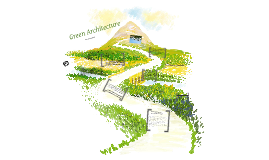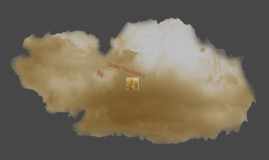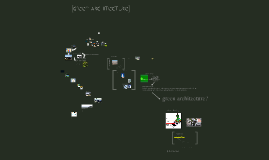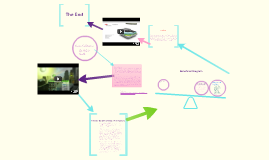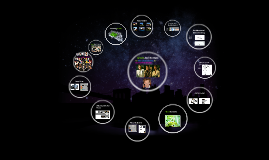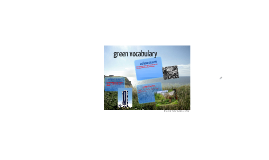Green Architecture
Transcript: Green architecture In cities, with thousands of square meters of solid, impermeable asphalt and concrete surfaces, when it rains, it literally pours -- straight into drainage pipes, which then empty into the sewage system. Too much water too fast, the system can explode, leaking raw sewage. But green roofs retain or absorb rainwater much like a sponge, slowing its flow, and according to Brad Rowe, associate professor of horticulture at Michigan State University, which boasts its own green roof research program, retain between 60 and 100 percent of rainfall, depending on its intensity and duration. "Sixty percent is a surprising average. The normal roof might hold only five percent," he says. Another benefit green roofs offer is they combat "urban heat island effect," a phenomenon that essentially means that cities are hotter -- by roughly 10 degrees Fahrenheit -- than their surroundings. "Modern architecture is essentially closed blocks of concrete and glass. Heating and cooling these structures is done with high energy output and considering limited oil reserves and rising energy costs, this is a highly negative effect," says Dr. Manfred Köhler, spokesperson for the Berlin-based World Green Roof Infrastructure Network, and also professor for landscape ecology at Neubrandenberg University of Applied Sciences. Köhler studied urban vegetation under Dr. Reinhard Bornkamm, whose scientific research kick-started the green roof movement in Berlin in the 1970s. Because city surfaces absorb, rather than reflect the sun's heat, surface temperatures quickly rise. Green roofs, however, make a noticeable impact on a building's heat and gain loss. During the summer, for example, the temperature of a gravel roof can increase by as much as 77 degrees Fahrenheit, fluctuating between 140 and 176 degrees Fahrenheit. But covered with grass, the roof temperature doesn't rise above 77 degrees Fahrenheit. Not only do they absorb less heat, green roofs also help cool their surroundings, suck up airborne toxins and put oxygen back into the air. Not Everyone Will Want Plants The benefit of Green technology We can easily change the pollution of the cities, the heat, and the rain. Heat The End Conclusion "In my opinion, green roofs offer so many benefits -- they reduce energy consumption, create greater biodiversity and help mitigate the effect of urban land use. For a few additional costs, they bring greater long-term economic benefits, as well as a hugely better environment in the city center," says Kohler. l Because most people think that going green is not the solution to better cleaner world. Not everyone will want to make the change. Beneficial Diagram It will be hard to plant and grow on the roof. Because you will have to put layers of soil and rock to help stabilize the plants through rain drainage and good soil to help prosper plants. Another Benefit of Green Architecture It is difficult to adjust Works Cited http://www.mlive.com/environment/index.ssf/2012/01/brad_rowe_green_roofs_provide.html Green Architecture By: Sabrie Smith






